Years ago I met an American guy, whose family came from Poland to settle in the US, because Europe had gotten all Hitlery. The guy grew up in a family that only wanted to assimilate, so he didn’t know a thing about Polish culture, and grew up hearing a million Polish jokes on the playground, poking fun at his heritage. That’s all he knew of his home country.

Needless to say, I proceeded to drunkenly extoll the many and varied virtues of Polish culture, food, architecture, and alcohol. Goddamn do they know how to do their alcohol. I mean really.
Poland is a ridiculously underrated travel destination, and although I expected it to become increasingly popular over the years, it still appears to be criminally undiscovered.
And thus, I have chosen to dig up some interesting, fun facts about Poland to get people enthused about this particular part of the world. I have some ancestry here too, so there’s some “it’s kinda my country, sort of,” pride in there as well. Onward we go!
Mildly amusing points
Poland has a number of cities that are clearly just comic book sound effects. Observe:
- Gdansk: The sound of a long wooden board hitting the ground vertically, then falling to a horizontal position.
- Krakow: Made famous by Calvin of Calvin and Hobbes fame, as the noise a spaceship makes when firing laser guns at the enemy.
Okay, onward to more serious issues, I promise. Sort of.
Polish History
- The name of the country is thought to have come from the tribe of Polans (Polanie in Polish), around the time of the 8th or 9th centuries, when several parts of Poland were united. It comes from the word “field” or “plain,” which constitutes quite a bit of the country’s landscape.
- Poland was the 2nd country in the world to adopt a modern constitution, after the United States, in 1791. Unfortunately, just a few short years later, Poland was partitioned between Prussia, the Austrian Empire, and Russia, and ceased to exist as its own country for 123 years.
- Warsaw’s old town was rebuilt literally from scratch from the ashes of World War II. Fun fact: It’s awesome.
- Speaking of World War II, Poland was literally moved to the west after the war was over. Territory was given from Poland to the Soviet Union, while others were taken from Germany and given to Poland. Big swathes of territory.
- Krakow and Warsaw have both been the capital at various times throughout the country’s history.
- Poland and Lithuania teamed up for a long time as one big country, called the Poland-Lithuania Commonwealth.
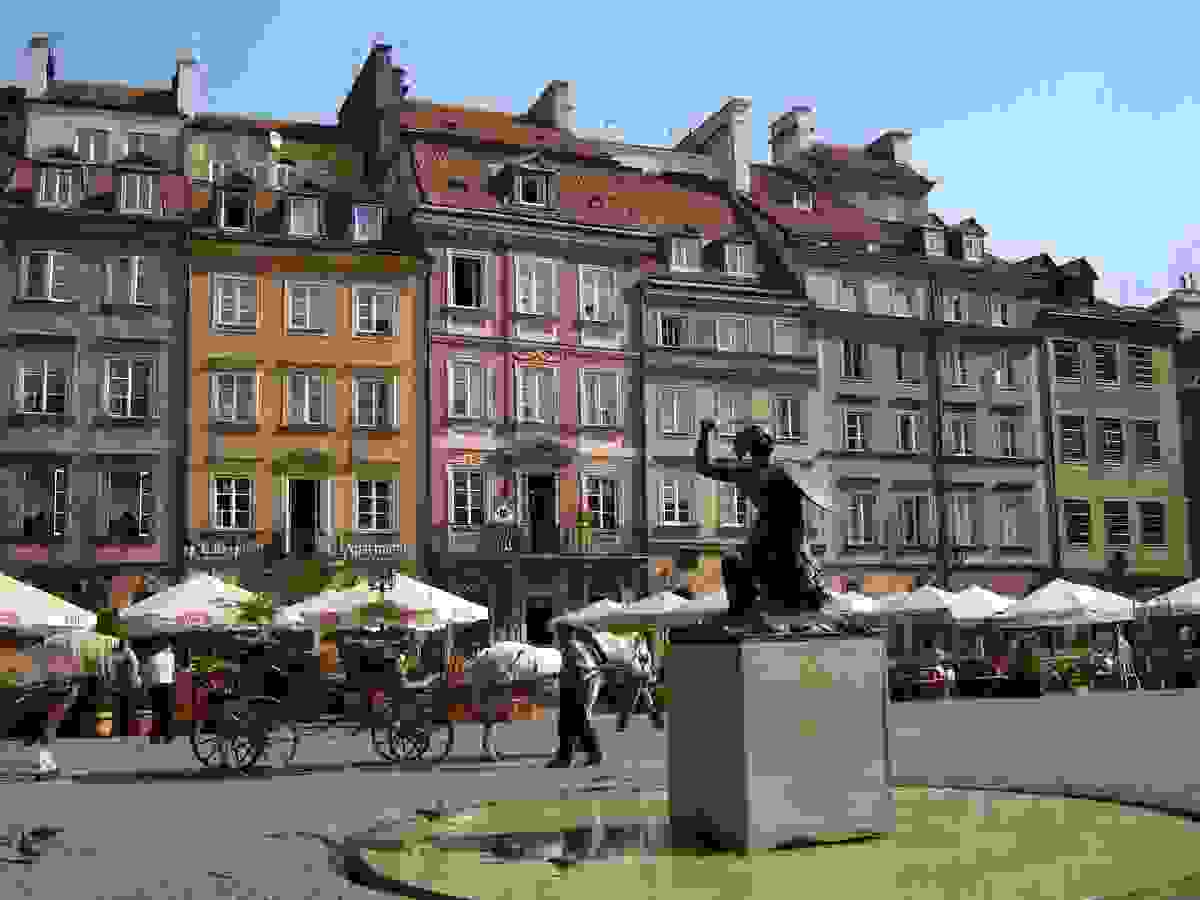
Polish Culture
- Polish name days are actually more celebrated than birthdays in Poland. At least for now. The country is still rather homogenous, so there aren’t that many names, but birthday celebrations are becoming increasingly popular.
- Poland is the most Catholic country in Europe, with 91% of the population being a part of the Catholic Church, which is even more than Ireland. Religion is thus quite important to the country, and it was probably quite a big deal when John Paul II, one of their own, was the Pope. There’s even a Pope channel on TV (or, more accurately, it’s a channel financed by religious institutions).
- The oldest restaurant in Europe, Piwnica Swidnicka, dates back to 1275, and can be found in Wrocław.
- The Polish language is the 2nd most widely spoken Slavic language, after Russian.
- Restaurants serve pizza with a bottle of ketchup, which is poured over the top of a pizza.
- A traditional smoked cheese, called oscypek, is made exclusively in the Tatra mountains, and carved into elaborate patterns. It’s a common sight all over southern Poland, such as Zakopane.
- Poland is home to the world’s largest brick castle: Malbork, near Gdansk.
- Poles eat bananas from the opposite direction, rather than breaking them open from the stem.
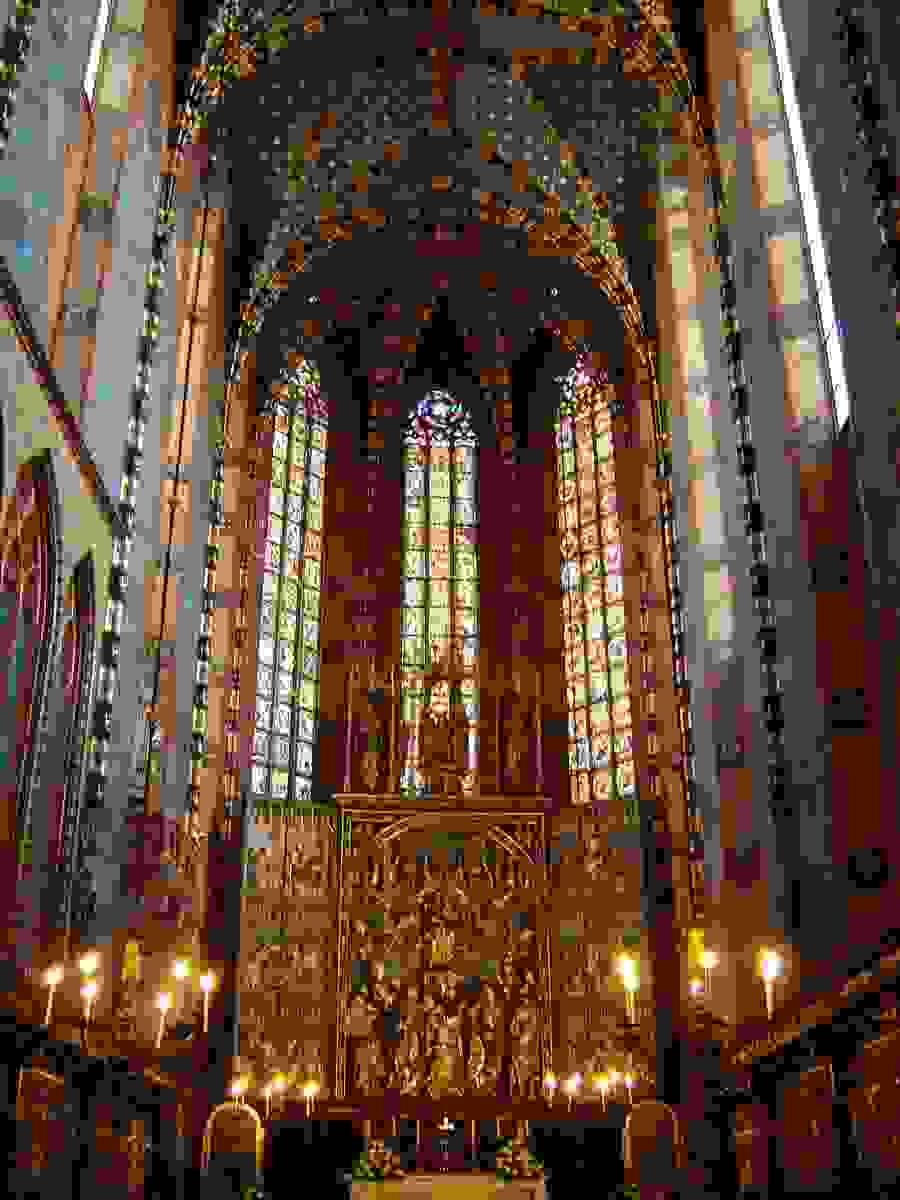
Polish People
- The Polish Diaspora is one of the most significant in the world, with 20 million people of Polish descent living outside of Poland. To put that into perspective, only about 40 million people live inside Poland, meaning 1/3 of the entire population are expats. This has been due to Poland’s harsh history under communist rule, Soviet occupation, Nazi occupation, and, further back in history, when it simply didn’t exist on the map. Though its economy has come a long way, it’s still a very popular option to move abroad for work.
- Though the country does have other ethnic groups, the population is extremely homogenous at about 94% Polish. Other groups include Ukrainians, Germans, and Belorussians, as well as Silesians and Kashubians, who are sometimes considered a subgroup of Poles, and sometimes not, depending on who’s counting.
- Poland has accumulated 17 Nobel Prizes, which is more than Japan, China, India, or Australia.
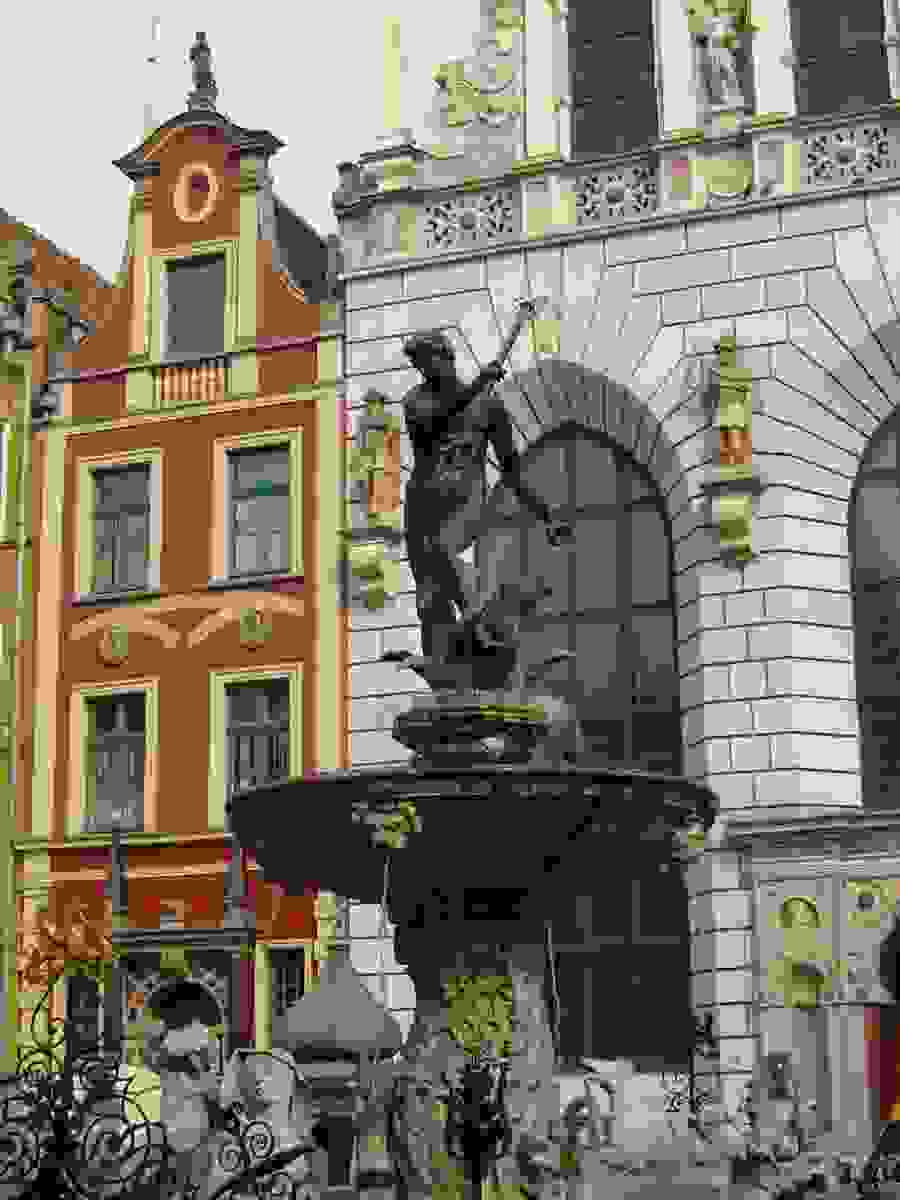
Wacky Polish Holidays
- Wrocław hosts a massive medieval LARPing festival, complete with jousting, archery, and other fun stuff.
- Marzenna commemorates the beginning of spring, when Polish people make dolls and throw them into the river. Yup.
- Krakow holds a dachshund festival, where everybody brings their dachshund to the main square. Many of them are dressed in costumes, from superheroes to pirates to whatever. It’s amazing.
- During Wianki, Poles float candles on wreaths down the river, and jump over fires. Fun times!
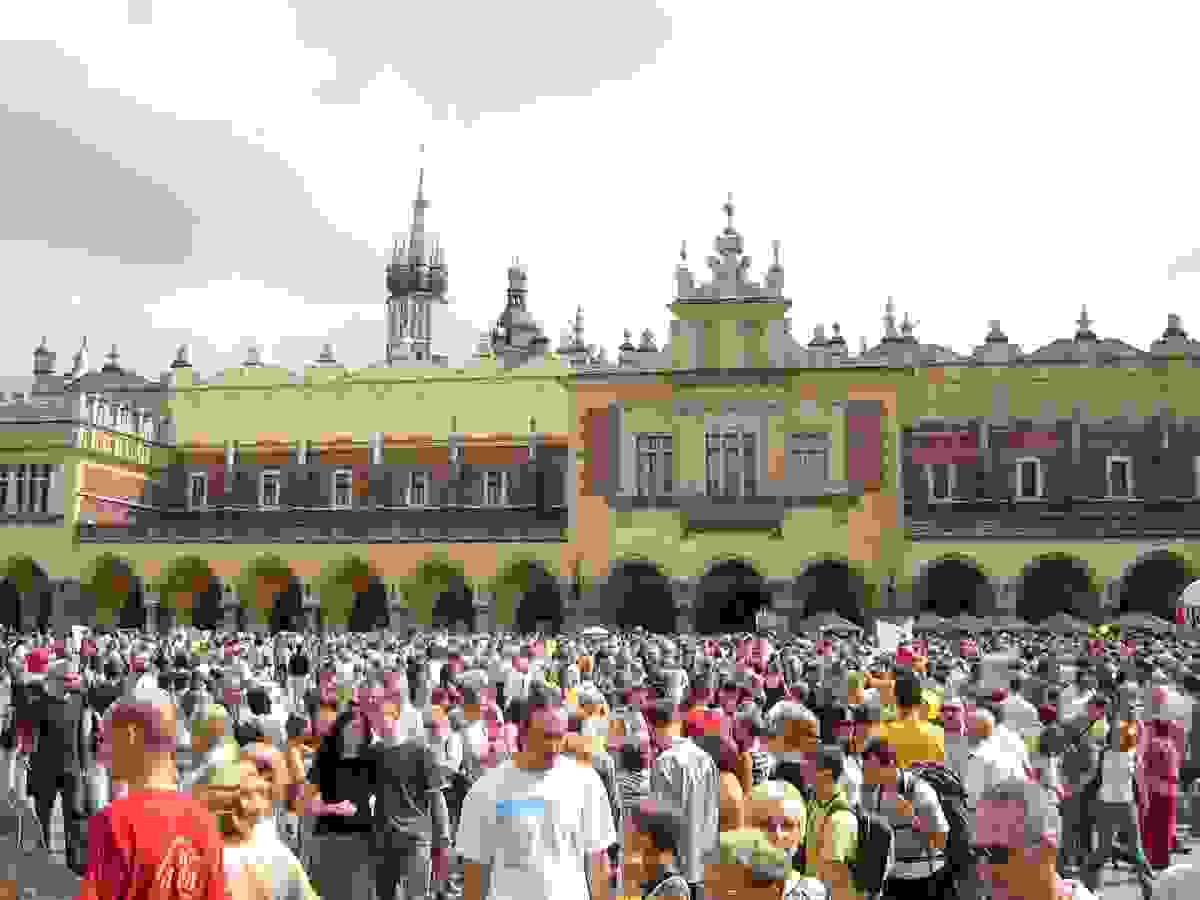
Famous Poles
- Joseph Conrad, author of Heart of Darkness, was originally named Józef Teodor Konrad Korzeniowski. Despite his fame as one of the most famous authors of the English language, he always considered himself a Pole, and didn’t even learn to speak English until his 20s.
- Frédéric Chopin is one of the world’s most famous classical composers, despite his relatively brief 39 years at the craft.
- Marie Curie is perhaps the world’s most famous female scientist, and the world’s first woman to win a Nobel Prize. She’s known for her work on radioactivity, and even named the chemical element Polonium after her homeland.
- Pope John Paul II was Polish, and due to the country’s strong Roman Catholic heritage, he was quite a popular religious leader. His home town is now a religious pilgrimage site, and, as mentioned, he has his own TV channel.
- Nicolaus Copernicus managed to figure out that the Earth goes around the Sun. Religious authorities weren’t too pleased that they had been wrong that whole time, so they weren’t fans of his.
- Not exactly a famous Pole, but the explorer Paweł Strzelecki climbed Australia’s tallest mountain in 1840, and named it Mount Kosciuszko, after Kosciuszko Mound in Krakow, which was originally built to commemorate the famous Polish leader of the same name.
- Though not particularly famous at all, Marian Rejewski and his two buddies cracked the “uncrackable” secret code machine used by the Nazis during World War II, called the Enigma machine. The Allies knew every step the Germans were going to take, vastly shortening the length of the war, and we have this plucky team of three Poles to thank for it.
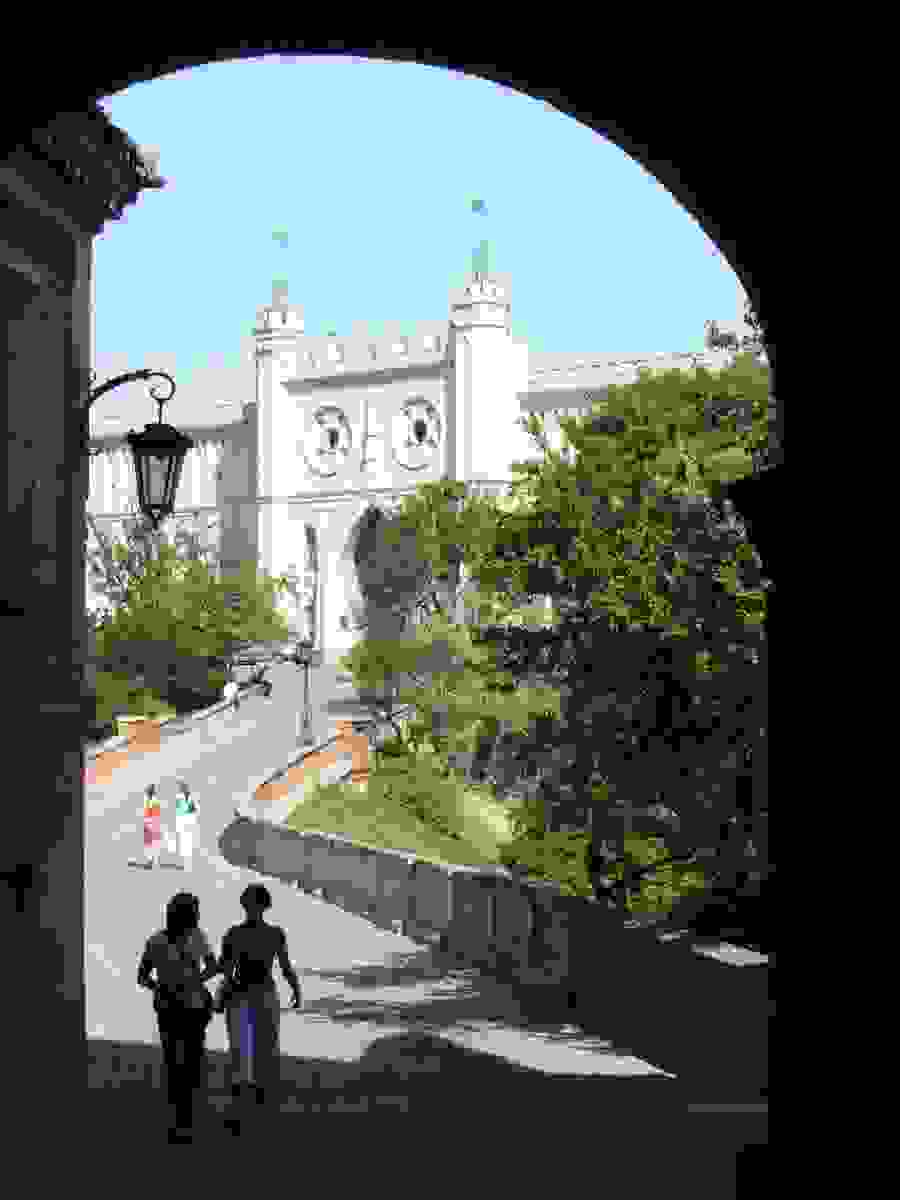
So this was merely a list of fun facts about Poland, and hopefully you’ve learned a thing or two, but this really just scratches the surface of what the country has to offer. Despite the fact that it’s not as well known as a tourist destination as other countries, it only ever leaves visitors thoroughly delighted. And it’s only partly because of how great their vodka is.

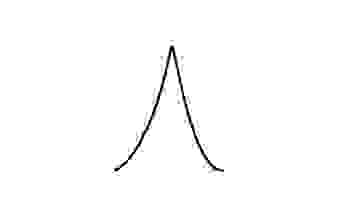
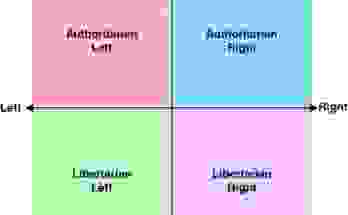

Ppl after 30 celebrate Name;s Day. Because… well, think about it – on names day you don’t say your age, da!